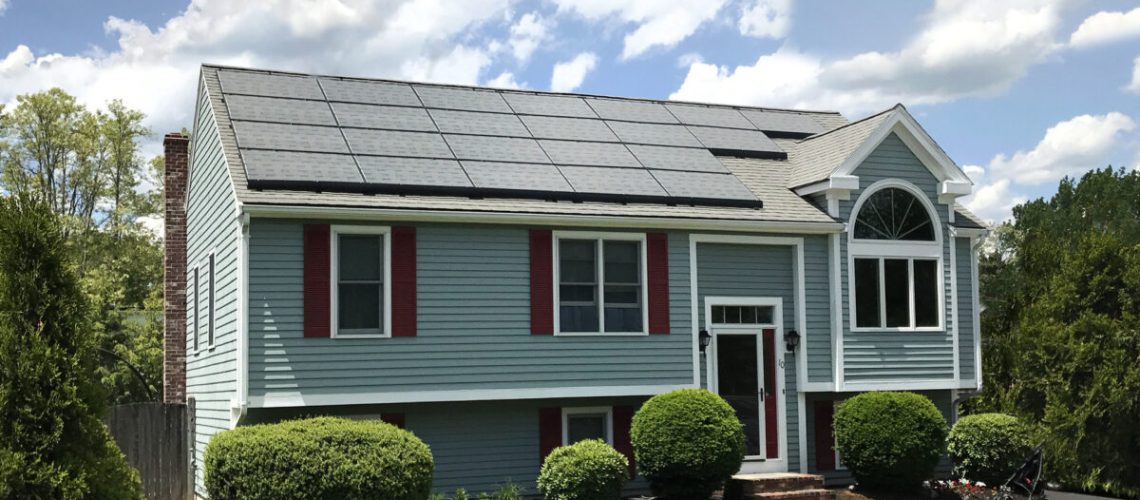In California, Governor Schwarzenegger’s million solar roofs initiative spurred the nation’s largest small-scale solar market. Environment America created a petition to support a 10 GW buildout of solar in Massachusetts to preserve its forests and other lands.
Massachusetts is among the most densely populated states in the United States. Despite the land use constraints caused by a dense population, the state has made considerable progress installing small-scale solar. However, the state has a long way to go to meet its clean energy targets, and solar is expected to serve the bulk of the capacity added.
The state’s Climate Plan for 2050 estimates that between 27 GW and 34 GW of solar would be required to reach its goal of net-zero emissions by midcentury. The Solar Energy Industry Association (SEIA) reports that 4.3 GW of solar was installed through Q3 2023, so there is a long runway for growth.
With this growth path comes the opportunity to ensure that solar is built in a way that preserves Massachusetts’ many forests, farmlands, and other undisturbed lands.
Johanna Neumann, acting director of Environment Massachusetts, urged lawmakers to take action to consider adopting a “million solar roofs” equivalent in the state. In California, Governor Arnold Schwarzenegger’s million solar roofs initiative helped the state launch the nation’s largest rooftop solar market, which represented roughly 50% of the nation’s rooftop solar deployment at its peak.
Neumann’s plan for Massachusetts would enact a goal to install the equivalent of a million solar roofs, or 10 GW, by 2030. Those interested in supporting this measure can sign a petition from Environment America.
“Today, in Massachusetts, you can get your energy straight from your roof,” Neumann told lawmakers. “It’s making less and less sense to pay for power from a distant plant spewing pollution when we can soak up the sun on our rooftops.”
As of 2022, Massachusetts has tapped about 10.8% of its total rooftop solar potential, said Environment America. The state ranks 11 nationwide for total solar deployment and fourth in small-scale solar deployment.
Why rooftop?
Rooftop solar “has myriad benefits for the environment and consumers,” said a report from Environment America. This includes reducing the need for dirty power plants and expensive transmission lines, providing lower costs, and can help to increase the grid’s resilience to extreme weather and other shocks.
Distributed solar helps squeeze other emitting sources off the grid. Take the 1.4 GW Mystic Generating Station serving the ISO New England grid operator region. The natural gas plant used to be fired up in the winter to prevent blackouts, but the grid operator said increased solar capacity has made the grid reliable enough to shut Mystic down. Over 5.4 GW of solar, most of it rooftop, has helped enable the transition away from fossil fuels, even in the harsh New England winter.
Another environmental benefit of rooftop solar is the reduction of land use for energy development, sometimes referred to as “energy sprawl.” For each gigawatt of rooftop solar installed in lieu of utility-scale projects, over 5,200 acres of land are saved.
Further, rooftop solar can save the nation on rising transmission needs and costs.
“Because rooftop solar generates power that can be used on-site reduces the need for transmission from central generating stations, potentially saving states and municipalities time and money on their energy transitions,” said the report. “To reach renewable energy targets, some expansion of transmission infrastructure will be necessary, but maximizing the potential of rooftop solar can help to minimize the amount we need to build.”
Solar is also now the most cost-effective new generation source in most markets and most conditions in the United States. On average, new-build solar costs 29% less than the next-cheapest fossil fuel alternative.



